Manuale Yamaha A-S300 Amplificatore
Hai bisogno di un manuale per il tuo Yamaha A-S300 Amplificatore? Di seguito è possibile visualizzare e scaricare gratuitamente il manuale in PDF in italiano. Questo prodotto ha attualmente 1 domanda frequente, 0 commenti e ha 3 voti con una valutazione media del prodotto di 100/100. Se questo non è il manuale che desideri, contattaci.
Il tuo prodotto è difettoso e il manuale non fornisce alcuna soluzione? Rivolgiti a un Repair Café per il servizio di riparazione gratuita.
Manuale
Loading…

Loading…
Valutazione
Facci sapere che cosa pensi della Yamaha A-S300 Amplificatore valutando il prodotto. Vuoi condividere la tua esperienze con questo prodotto o porre una domanda? Ti preghiamo di lasciare un commento al fondo della pagina.Maggiori informazioni su questo manuale
Comprendiamo che sia bello avere un manuale cartaceo per i tuoi Yamaha A-S300 Amplificatore. Puoi sempre scaricare il manuale dal nostro sito web e stamparlo tu stesso. Se desideri avere un manuale originale, ti consigliamo di contattare Yamaha. Potrebbero essere in grado di fornire un manuale originale. Stai cercando il manuale del tuo Yamaha A-S300 Amplificatore in un'altra lingua? Scegli la tua lingua preferita sulla nostra home page e cerca il numero del modello per vedere se è disponibile.
Specifiche
| Marca | Yamaha |
| Modello | A-S300 |
| Categoria | Amplificatori |
| Tipo di file | |
| Dimensione del file | 4.95 MB |
Tutti i manuali per Yamaha Amplificatori
Altri manuali di Amplificatori
Domande frequenti su Yamaha A-S300 Amplificatore
Il nostro team di supporto cerca informazioni utili sul prodotto e risposte alle domande più frequenti. Se trovi un’inesattezza nelle nostre domande frequenti, ti preghiamo di farcelo sapere utilizzando il nostro modulo di contatto.
Qual è la differenza tra un amplificatore e un pre-amplificatore? Verificato
Un amplificatore spesso è un amplificatore integrato con un amplificatore e un amplificatore di potenza integrati in un solo dispositivo. Un pre-amplificatore regola volume, bilanciamento e toni e consente di scegliere quale fonte utilizzare (CD, audiocassetta, piatto del giradischi, ecc). Un pre-amplificatore spesso offre una bassa amplificazione, sufficiente solo per l’amplificatore di potenza. In questo caso si tratta di un pre-amplificatore attivo. Il pre-amplificatore passivo invece non amplifica.
È stato utile (40) Per saperne di più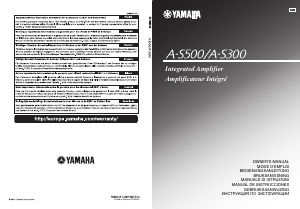


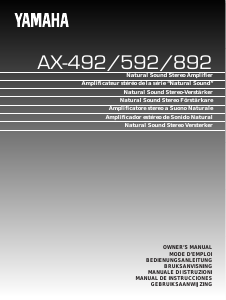
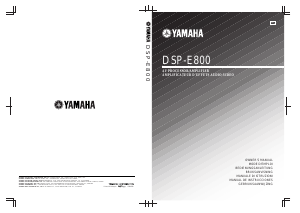
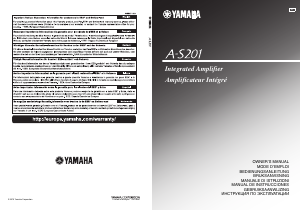
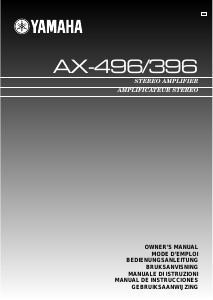
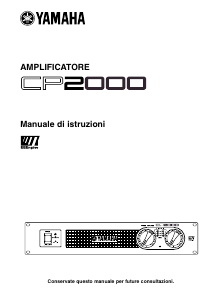
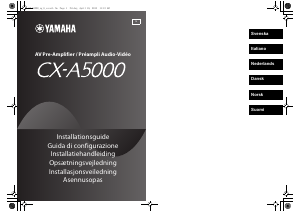

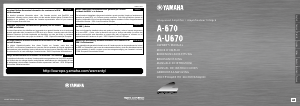
Partecipa alla conversazione su questo prodotto
Qui puoi condividere cosa pensi di Yamaha A-S300 Amplificatore. Se hai una domanda, leggi prima attentamente il manuale. La richiesta di un manuale può essere effettuata utilizzando il nostro modulo di contatto.